
Yellow daffodils, ‘Jetfire’ Narcissus, in flower in early spring
How to Plant, Grow, and Care for Daffodils
ADVERTISEMENT
I've had daffs in my front gardens for 2 years. This year I needed to drastically amend the garden soil, so I dug up the bulbs in September or October and put them in pots (outside). I figured that would keep them dormant until I was ready to put them back into the ground. The weather has been mild most of the fall, and apparently they all decided it was spring already! I have 3 smallish pots with a half dozen sprouts each - help! what do I do with them now?
I don't want to put them back in the garden, it's abruptly going to drop to freezing next week. I suppose I could bring them in the house and let them grow and bloom indoors, but I don't really have a good place to put them. Other ideas?
My daffodils near my stone wall are being overtaken by broad leaf weeds. Since daffodils appear to be a monocot, is is safe to use a broad leaf weed killer on them to control broad leaf weeds?
Last spring all the flower buds got hit with a frost, they turned brown and never did flower. This year I have no buds, is it because of last years frost?
Thank you,
Pat
Can daffodils that have bloomed survive indoors? If so how is this accomplished?
Thank you for your time!
Are you referring to digging up blooming daffodils and growing them indoors? Or to using daffodils as cut flowers?
We wouldn’t recommend digging up blooming daffodils to bring indoors, as they likely won’t last long enough to make the effort worthwhile. However, daffodil bulbs can be forced to bloom indoors, which is a different process (read more here).
As for using daffodils as cut flowers, it is certainly doable! Pinch them off near the base and keep them in cool water. They shouldn’t be paired with other cut flowers, as they exude an irritating substance called oxalic acid.

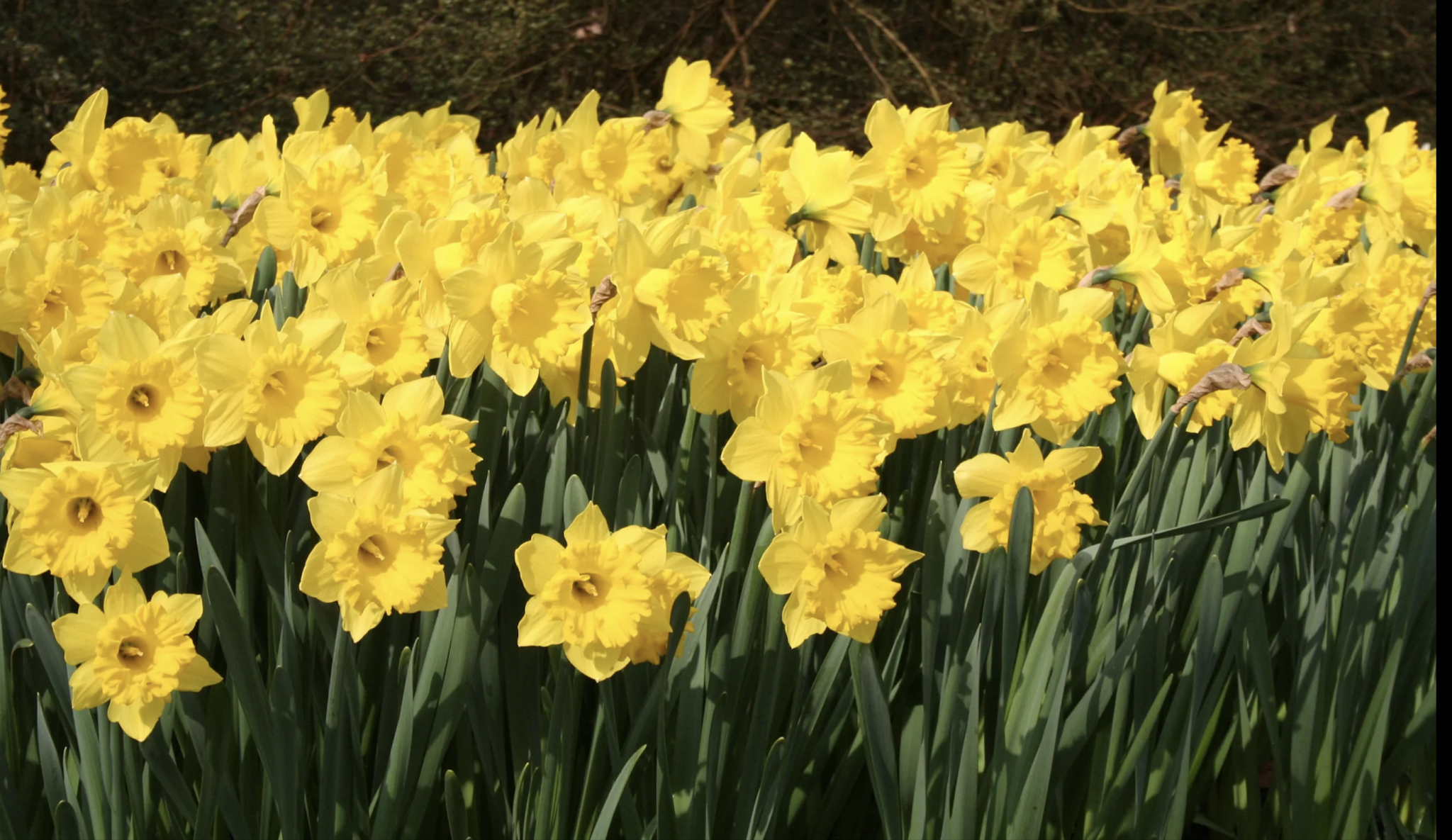
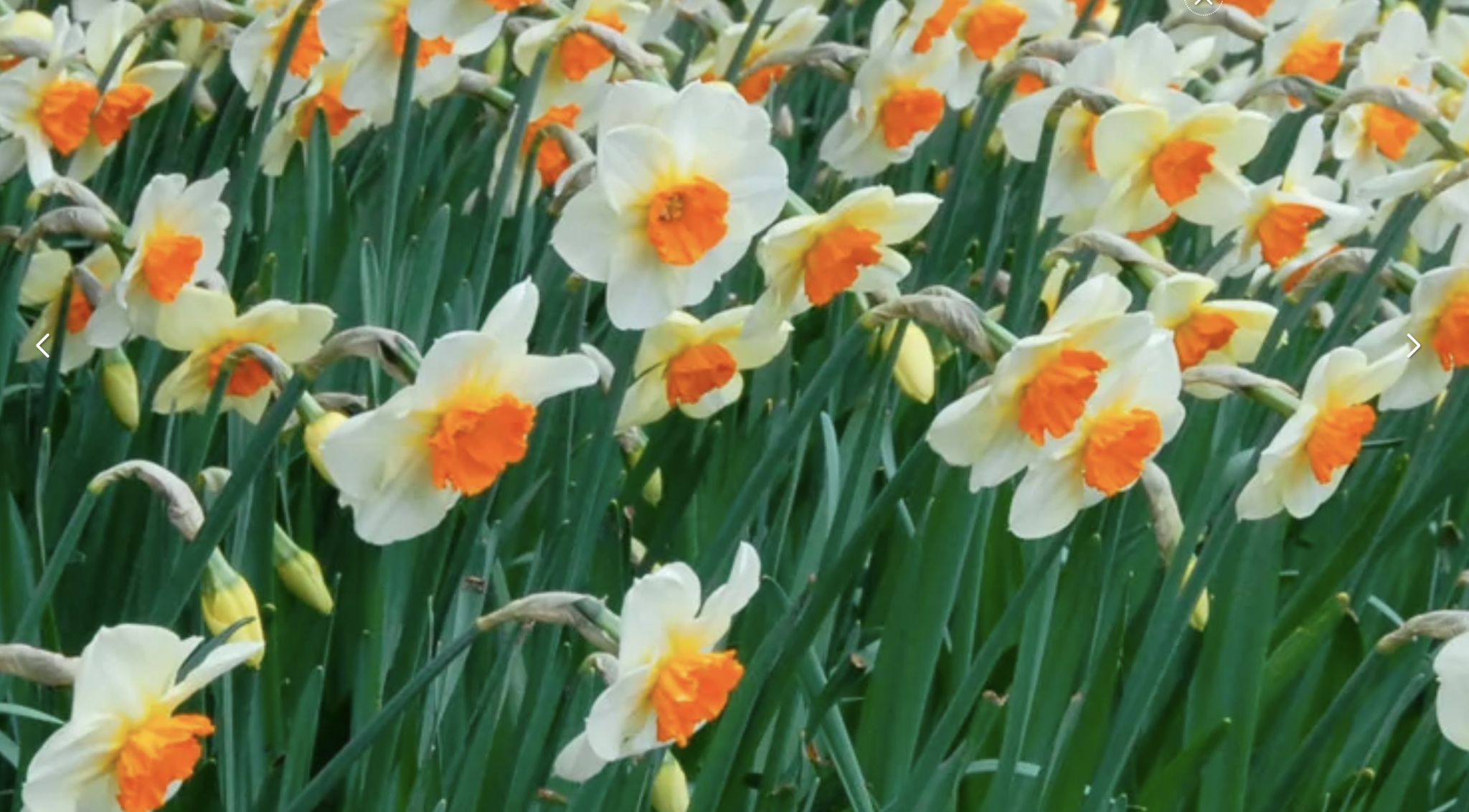
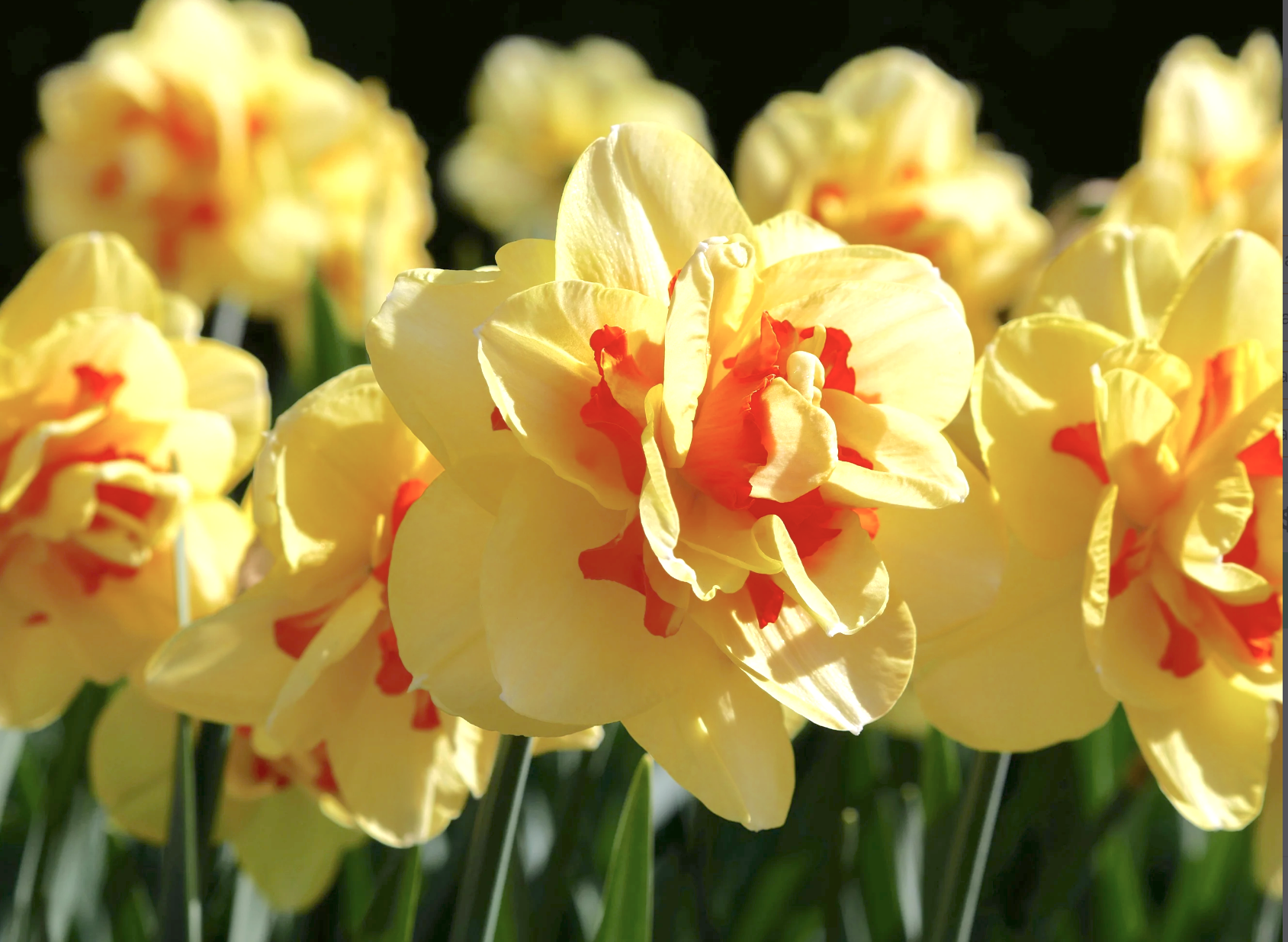
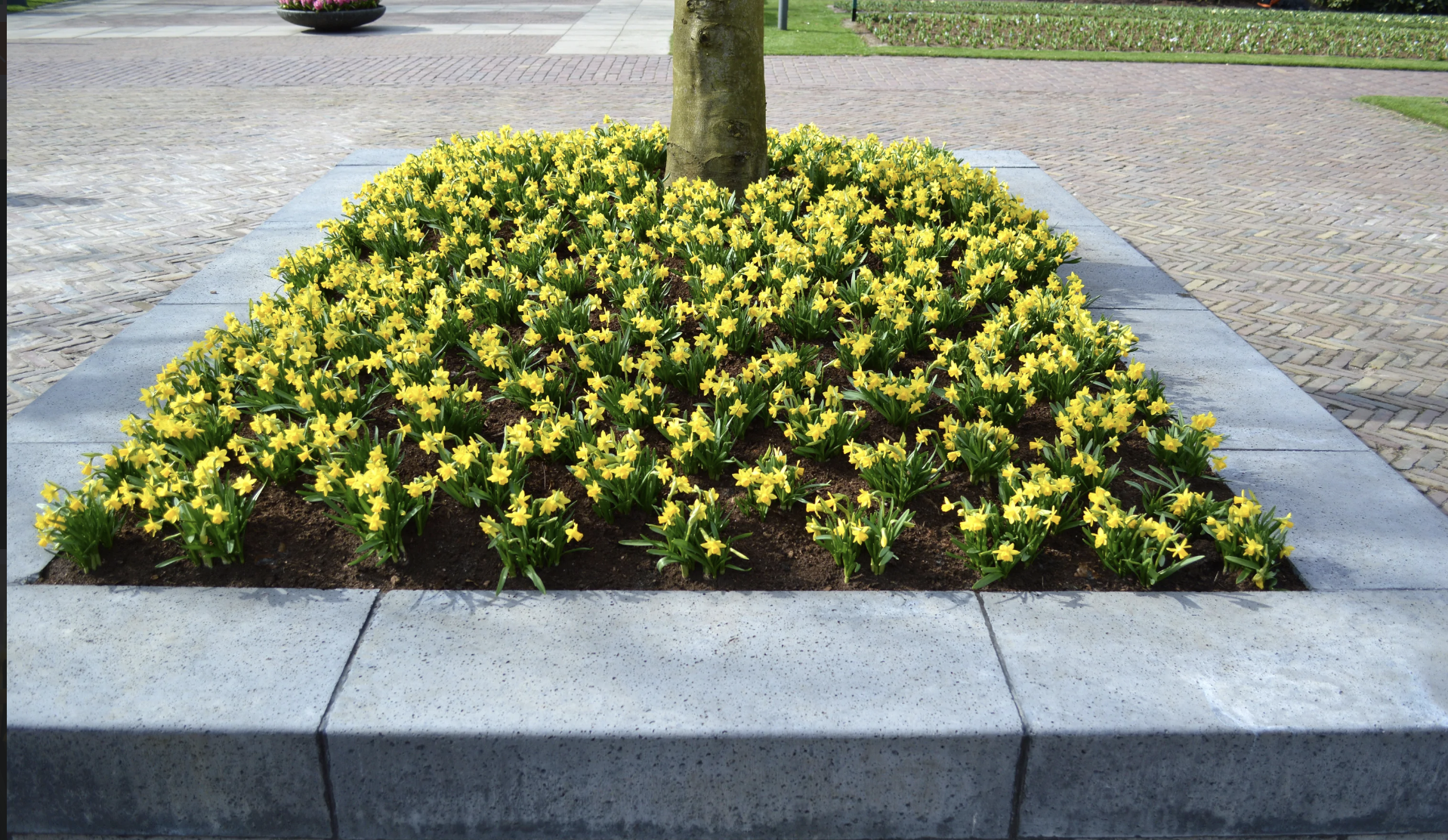
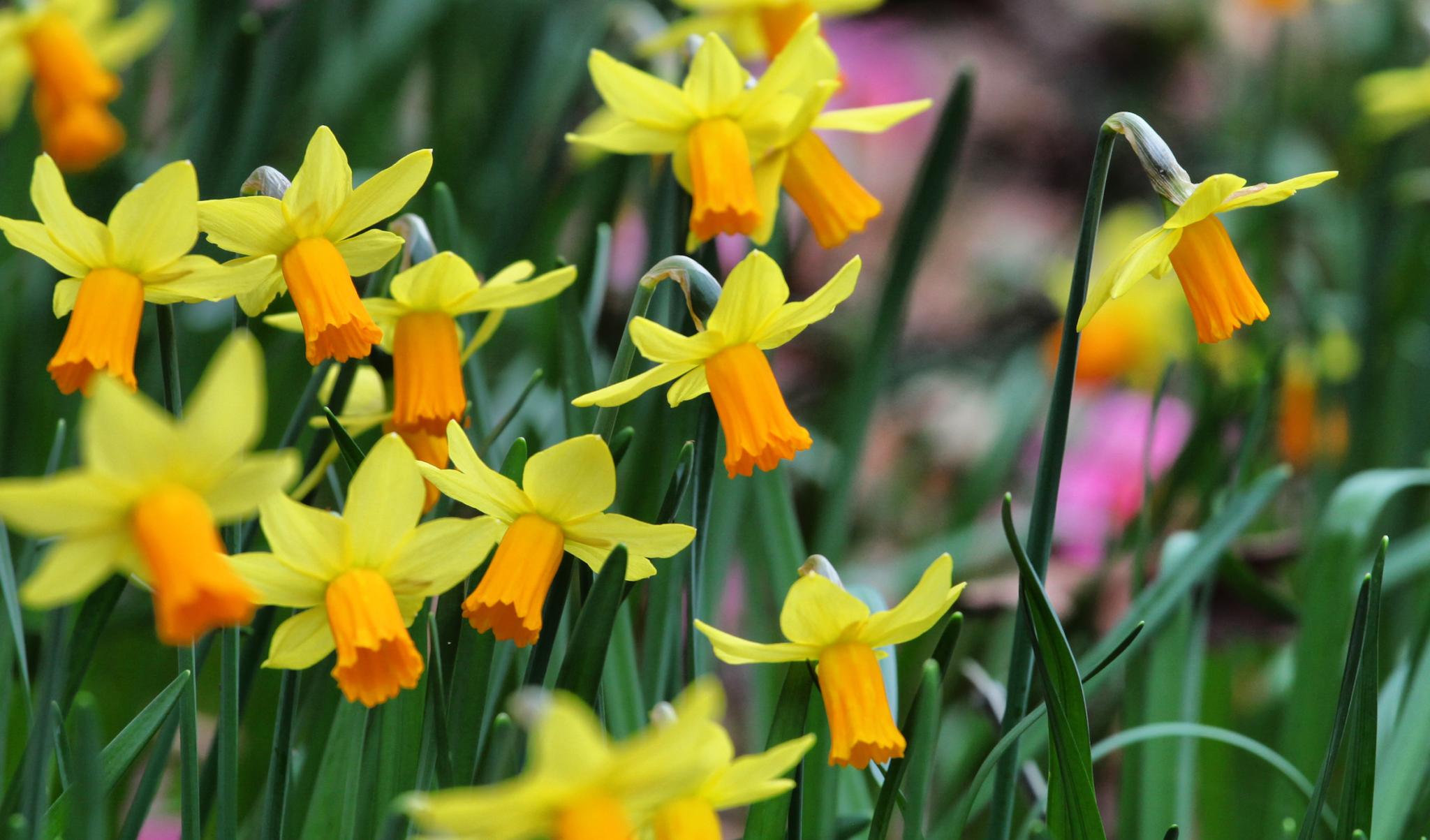








Comments